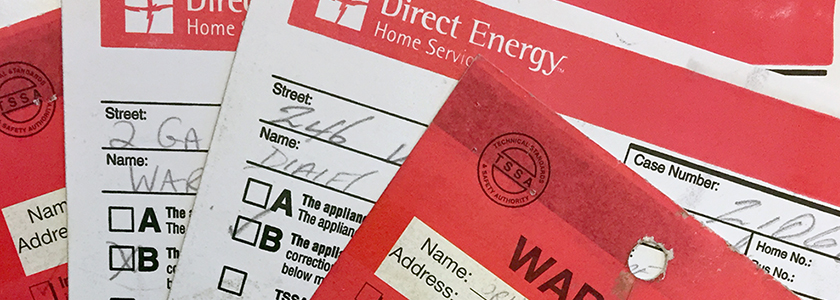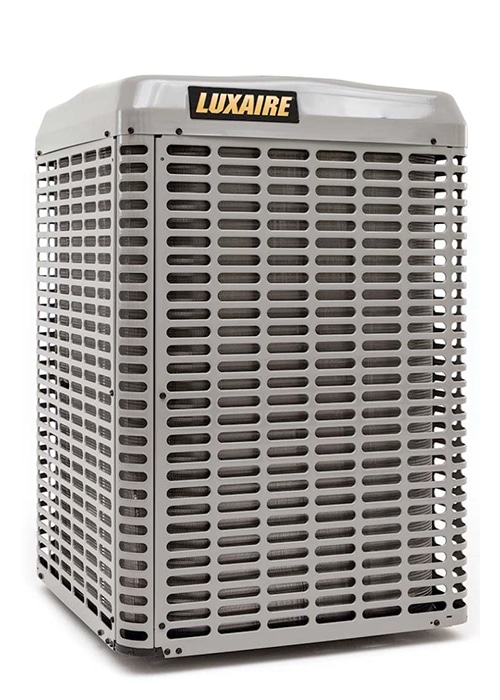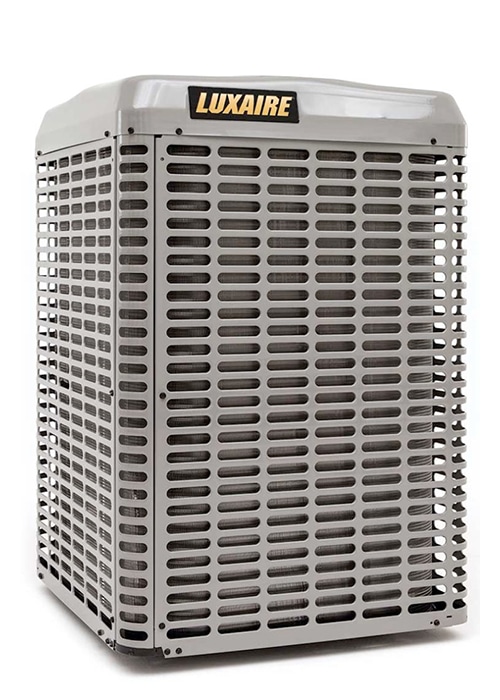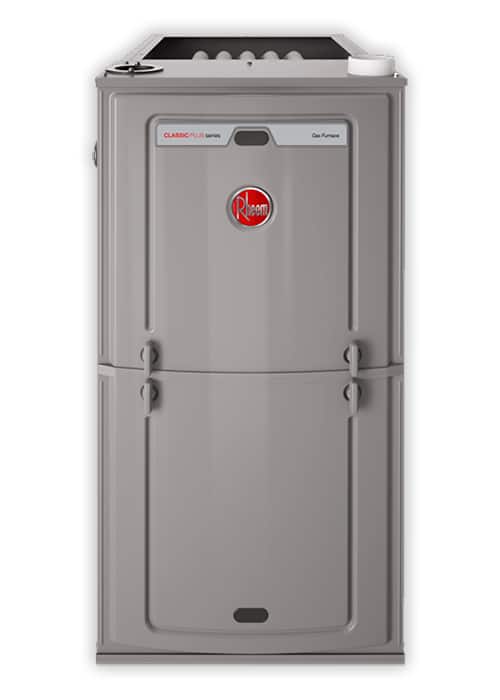What is Furnace or Hot Water Heater Red Tag?
What is Furnace or Hot Water Heater Red Tag
If you are a home owner in Toronto or Ontario you probably heard about furnace or hot water heater red tag that can be very costly in removing. Red tag on a furnace or a gas hot water heater typically means that the equipment is not safe to operate and technician has to put a red tag on it, which means the gas will be shut off until the problem is fixed. No technician want to bring this news to the customer but they are required by law to put a red tag on the equipment if it is deemed dangerous for operation and can cause threat to the lives of the residents. There are few authorities that are involved in the process of red tag and its removal.
TSSA (Technical Standards and Safety Authority) which requires technician to issue a red tag if the equipment is deemed potentially dangerous for the operation, your local gas utility such as Enbridge or Union Gas and the contractor such as DeMark Home Ontario who makes the decision of red tagging the equipment for safety purposes if there is a clear danger.
Different types of Red Tags on Furnaces and Gas Hot water heaters.
There are two different types of red tags that a customer can receive.
![]() If the equipment presents an immediate hazardous danger to the residents then technician issues Type A red tag which means the gas is shut off immediately and local gas utility is notified of this issue.
If the equipment presents an immediate hazardous danger to the residents then technician issues Type A red tag which means the gas is shut off immediately and local gas utility is notified of this issue.
![]() If the equipment does not present an immediate danger to the homeowners then a Type B red tag is issued which means customers have 45 days to take corrective actions otherwise the gas will be shut off by their local gas utility either Enbridge or Union gas. Local utility then sends customer a notice advising them of the next steps in the process.
If the equipment does not present an immediate danger to the homeowners then a Type B red tag is issued which means customers have 45 days to take corrective actions otherwise the gas will be shut off by their local gas utility either Enbridge or Union gas. Local utility then sends customer a notice advising them of the next steps in the process.
How to remove furnace or hot water heater red tag?
The cost for removing furnace or hot water heater red tag can be quite expensive, customer might have to pay up to $650 and more to have this red tag removed. This will include either repairing furnace or hot water heater, relocating the equipment and in many cases even replacing the whole unit at once. The red tag costs vary based on the type of repair or replacement that needs to be done. If there is a cracked heat exchanger or rusted vent pipe or insufficient combustion on your furnace or simply you are required to install a chimney liner for your existing equipment to bring it up to code, be sure to contact your DeMark Home Ontario specialist who will be able to assist you with removing the red tag and do not try to do it yourself as that might cause even higher risk of danger. Only a licensed technician is allowed to remove the red tag after fixing the issue either by fixing or replacing the gas appliance and taking corrective actions. After this is done your local utility will be notified that corrective actions were taken and the red tag will be removed. After clearing the issues the contractor send a clearance notice to the local utility i.e Enbridge and customer is red tag clear.
Get a second opinion from DeMark Home Ontario and avoid unnecessary costs.
Sometimes it is a good idea to get a second opinion on your furnace or hot water heater red tag. If you live in Toronto and surrounding area GTA and your furnace was red tagged call DeMark Home Ontario for a second opinion. Unfortunately some technicians might want to take advantage of selling you a new furnace by telling you that a heat exchanger is cracked. If you suspect that this might be the case please call DeMark Home Ontario and get an honest and professional assessment.
To prevent unnecessary costs, it is also helpful to perform an annual maintenance checks on your furnace and hot water heater. Technicians can spot a problem beforehand and help you avoid high costs of removing the red tag. If your furnace or a hot water heater is an older model and you do not want to find yourself in a situation dealing with high costs of red tag contact us and one of our specialists will be happy to assist you and provide you with an easy solution for your home.
For more information visit Technical Standards & Safety Authority






































